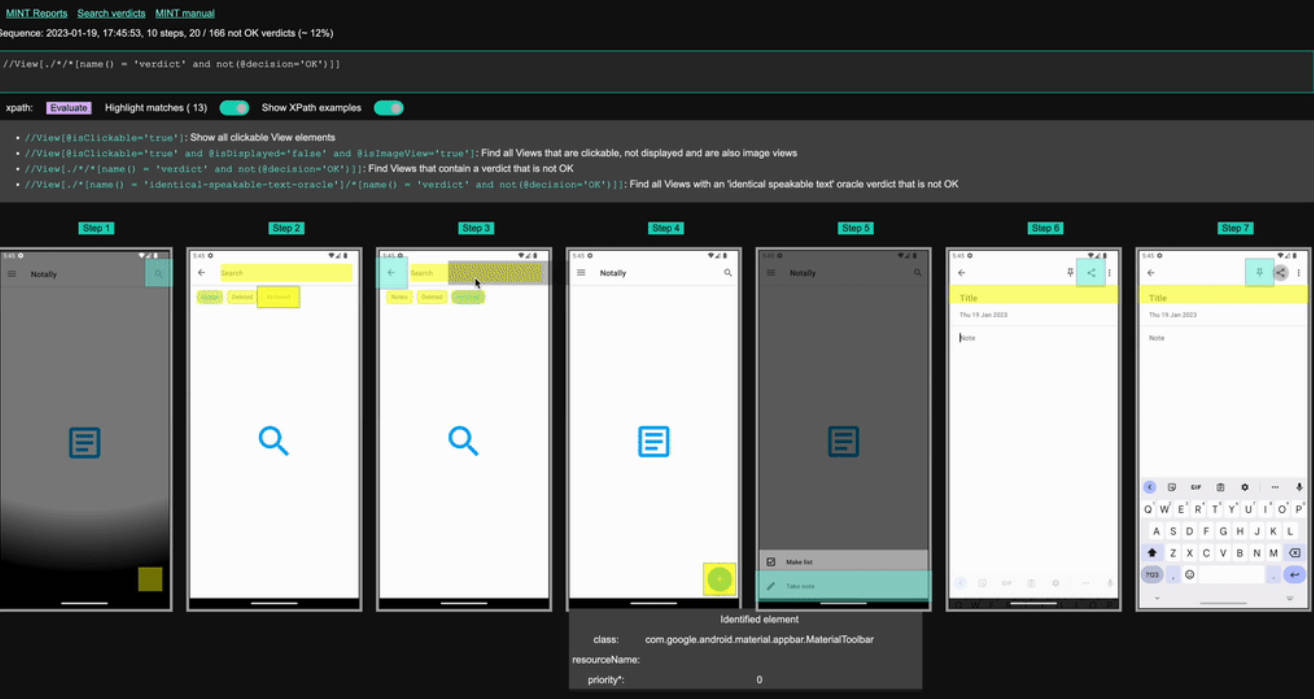Readme
The idea of this project is to implement a BNF expression compiler.
We could use BNF to design some syntax like Arithmetic expression.
<factor> ::= <int> | "(" <expr> ")"
<int> ::= [0-9]+
<term> ::= <factor> (("*" | "/" ) <factor>)*
<expr> ::= <term> (("+" | "-") <term>)*
It matches any simple arithmetic expression such as
68/(8*((34+3+89)))
9*(94*57)/9*30-5*9-48+(557)
However, You have to write your interpreter.
So I was thinking, It probably exciting to write a compiler for the BNF expression, and that’s it.
Here is the syntax list for BNF
<text> ::= ([a-z] | [0-9] | "*" | "/" | "+" | "-" | "(" | ")")+
<quantifier> ::= "?" | "+" | "*"
<exp_name> ::= "<" <text> ">"
<var> ::= "\"" <text> "\""
<var_group> ::= "[" <text> "-" <text> "]"
<factor> ::= <var> | <exp_name> | <var_group> | "(" <exp_list> ")"
<exp> ::= <factor> <quantifier>?
<exp_list> ::= <exp> "|"? <exp_list> | <exp>
<declaration> ::= <exp_name> "::=" <exp_list>
<program> ::= <declaration> <program> | <declaration>
I turned the syntax to an AST (abstract syntax tree) and converted the AST to NFA. So we could allow you to design your
syntax.
Here is the test case for arithmetic expression
@Test
fun testNFASearch() {
val text = """
<int> ::= [0-9]+
<factor> ::= <int> | "(" <expr> ")"
<term> ::= <factor> (("*" | "/" ) <factor>)*
<expr> ::= <term> (("+" | "-") <term>)*
""".trimIndent()
//Initial the NFA symbol table.
val symbolTableNodeVisitor = SymbolTableNodeVisitor(ExpressionParser(Lexer(text)))
symbolTableNodeVisitor.visitNode()
val symbolTable = symbolTableNodeVisitor.getSymbolTable()
val nodeVisitor = NFANodeVisitor(symbolTable, ExpressionParser(Lexer(text)))
val programNode = nodeVisitor.visitNode()
val subProgram = programNode.getSubProgram("expr")
val matcher = NFAEngine(subProgram)
val str =
"(((1+660)/8313)-((((5*(4*6))/6)-27/25981/9)+6*5-7)*(((26)/2-5+(5414-267)))/((648))/((4)/46)-71)*0+(925)/(66)"
val pathList = matcher.search(str)
for (path in pathList) {
val subStr = str.substring(path.start, path.end)
println(subStr + " Matcher:" + path.state.matcher)
}
val path = pathList.last()
Assertions.assertEquals(path.end, str.length)
}
We can use this engine to track or match any text by using your syntax.
Here are some pictures that I turned the AST to NFA
Test cases
- ExpressionLexerTest
- ExpressionParserTest
- NFADotGeneratorTest
- NFAEngineTest
- NFAGraphMatcherTest
- NFANodeVisitorTest
- SymbolTableNodeVisitorTest
How I design the quantifiers
- For symbol ‘+’
[0-9]+
- For symbol ‘*’
[0-9]*
- For symbol ‘?’
[0-9]?
About Dot
I use the class: DotGenerator help me to generate the dot file.
digraph astgraph {
node [fontsize=36, height=1];rankdir = "LR";labelloc = "t";label = "dot_expression1";
node0 [label = "program"]
node0 -> node1
node1 [label = "int"]
node1 -> node2
node2 [label = "ε-0"]
node2 -> node3
node3 [label = "text<ab>"]
node3 -> node4
node4 [label = "ε-1"]
node4 -> node5
node5 [label = "range<0-9>"]
node5 -> node6
node6 [label = "ε-2"]
node6 -> node4
node6 -> node7
node4 [label = "ε-1"]
node7 [label = "ε-3"]
node7 -> node8
node8 [label = "text<c>"]
node8 -> node9
node9 [label = "ε-4"]
node9 -> node10
node10 [label = "END"]
}
You can download the IDEA plugin: dot-plugin
or use the website: GraphvizOnline to visualize the graph.









